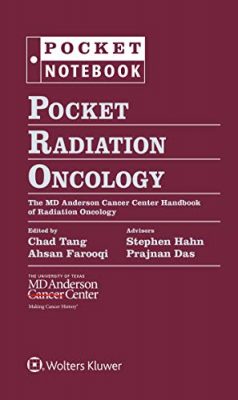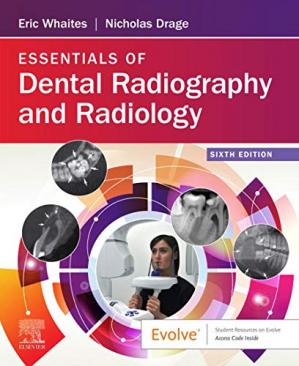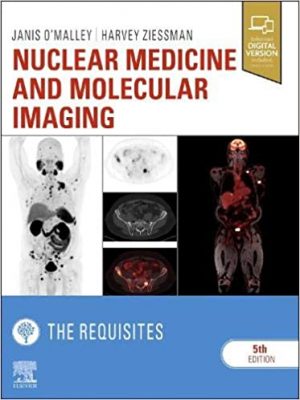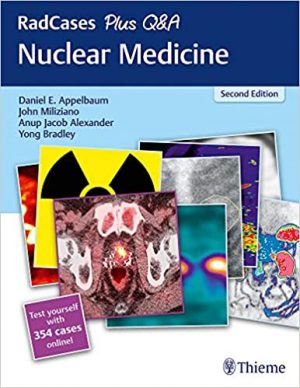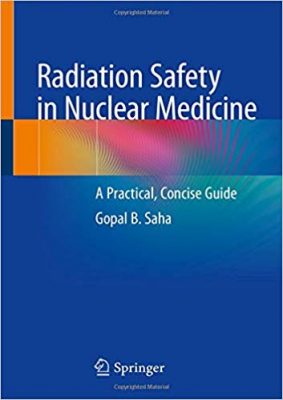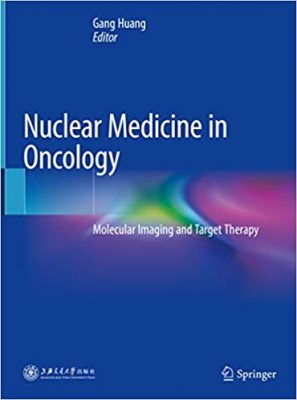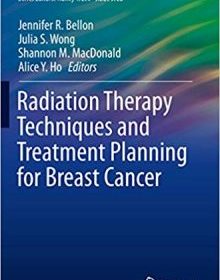Essentials of Clinical Radiation Oncology, Second Edition
Essentials of Clinical Radiation Oncology, Second Edition
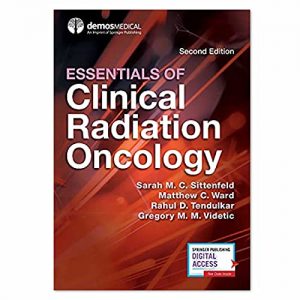
Essentials of Clinical Radiation Oncology, Second Edition
Second Edition of this medical book Essentials of Clinical Radiation Oncology continues to provide a succinct and effective review of the most important studies in the field. Organized by disease topic and grouped by body part, each chapter employs structured sections for targeted information retrieval and retention. Chapters begin with a “”Quick Hit”” overview of each disease summarizing the most significant paradigms before moving into dedicated summaries on epidemiology, risk factors, anatomy, pathology, genetics, screening, clinical presentation, workup, prognostic factors, staging, treatment paradigm, and medical management. An evidence-based question-and-answer section concludes each chapter, which pairs commonly encountered clinical questions with answers connecting historical context and pertinent clinical studies to better inform decision-making and treatment planning.
Providing the latest treatment paradigms and guidelines, this comprehensive second edition now outlines the evidence and must-know considerations for using radiation therapy with immunotherapy, the strategies for metastasis-directed therapy for oligometastatic disease, and much more. Written for the practicing radiation oncologist, related practitioner, and radiation oncology resident entering the field, this “”one-stop”” resource is the go-to reference for everyday practice.
Key Features:
- Structured sections offer high-yield information for targeted review
- Cites need-to-know clinical studies and treatment guidelines in evidence-based question-and-answer format
- Each chapter has been reviewed and updated to include the most recent and relevant studies
- New chapters on spine tumors, thyroid cancer, sinonasal tumors, cholangiocarcinoma, renal cell carcinoma, multiple myeloma and plasmacytoma, miscellaneous pediatric tumors, and treatment of oligometastatic disease from underlying cancers
- Designed for quick reference with comprehensive tables on treatment options and patient selection, workup, and prognostic factors by disease site
- Purchase includes digital access for use on most mobile devices or computers
- Publisher: Demos Medical Publishing, an imprint of Springer Publishing Company
DOWNLOAD THIS MEDICAL BOOK

